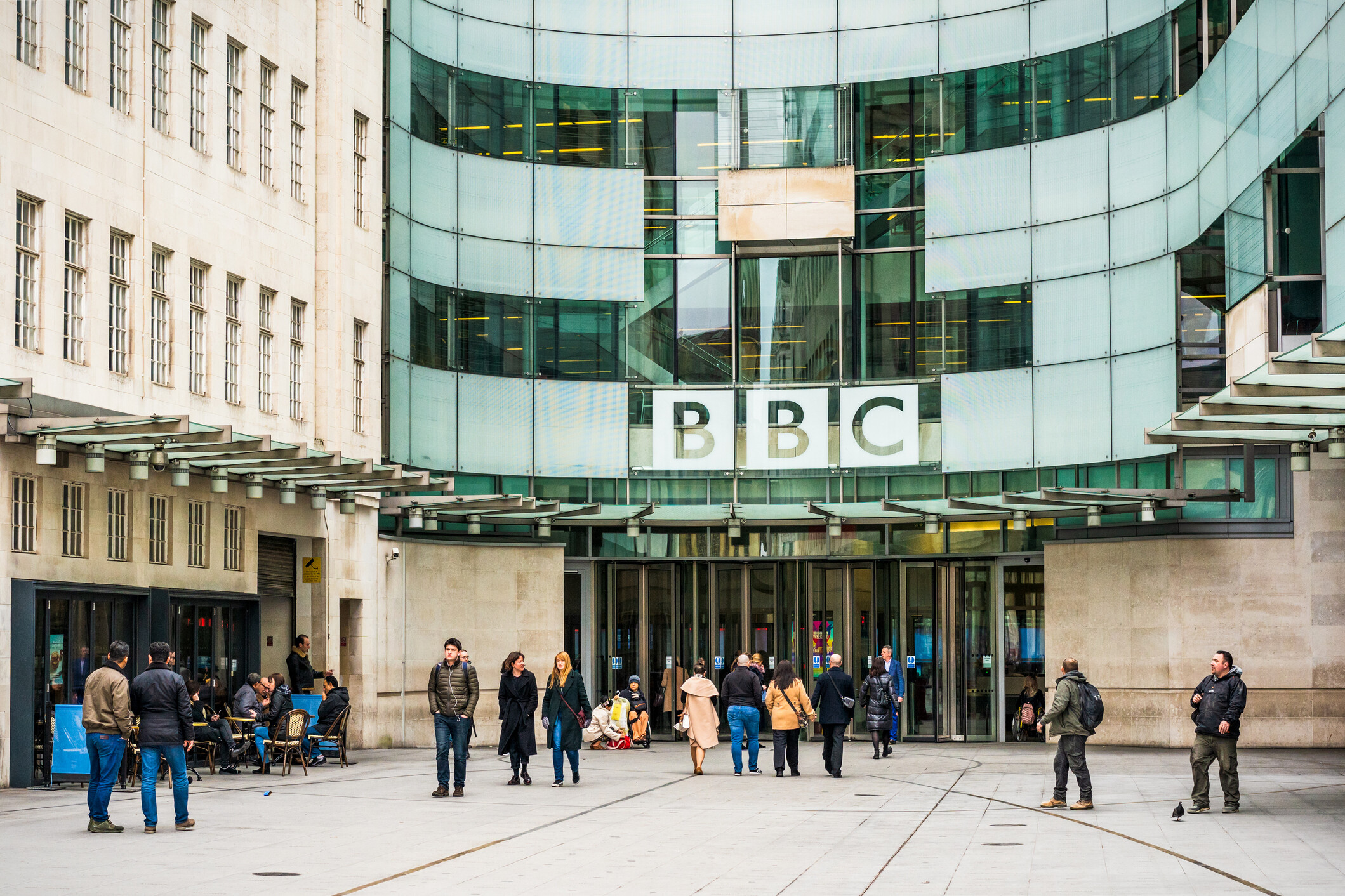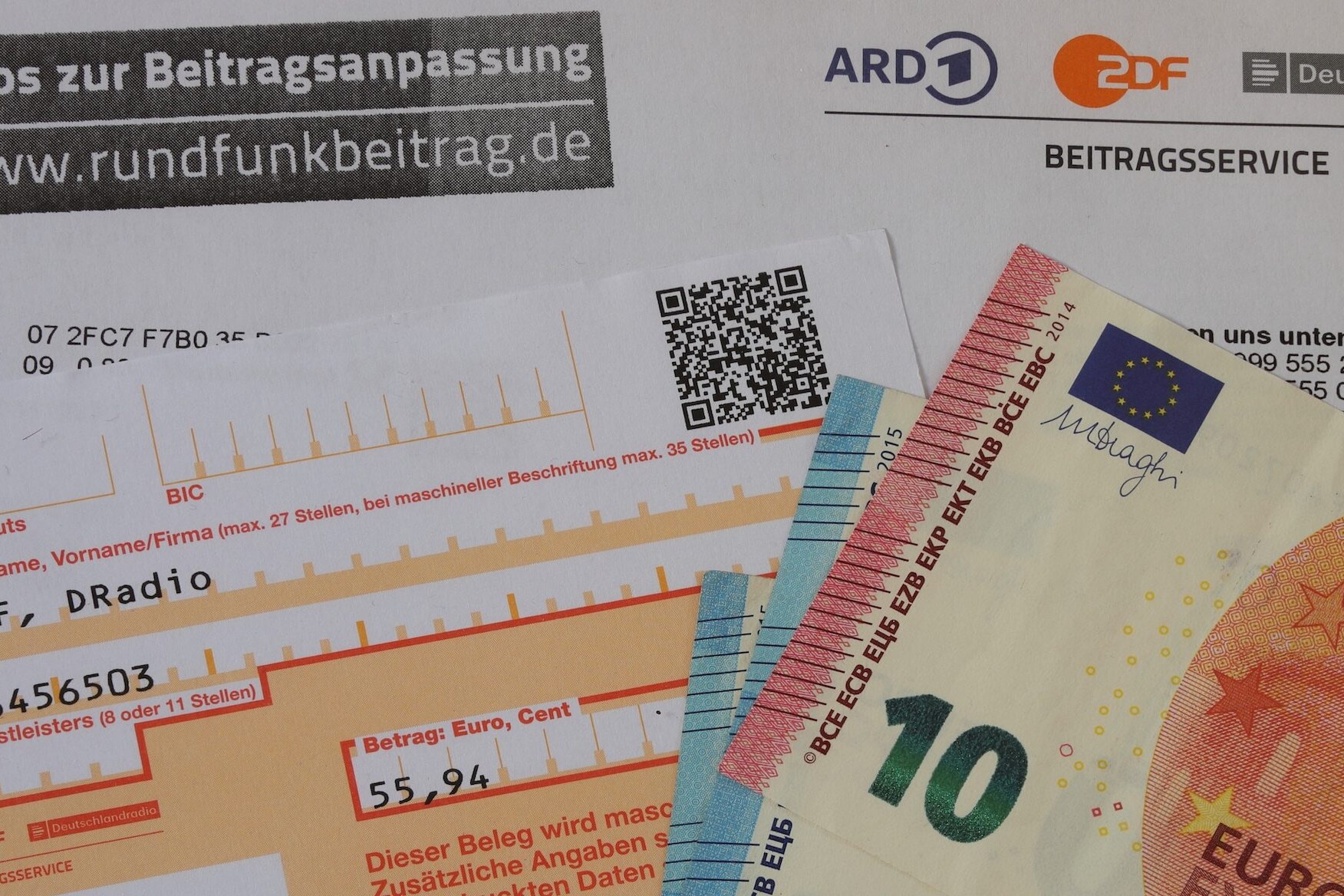A new report provides further evidence that where public media is better funded, with secure funding and regulatory frameworks, they are “consistently and positively correlated with healthy democracies”, and that citizens are more likely to engage in democratic processes.
Timothy Neff and Victor Pickard’s new study assesses whether and how public media systems contribute to the health of democracies in 33 countries worldwide.
The study is based on a framework by Hallin and Mancini of North American and European media systems, and in correlation with the rankings of the 33 countries in the top two tiers of The 2019 Democracy Index (“full” and “flawed” democracies), developed by The Economist’s Intelligence Unit (EIU). The public media systems are categorised into 5 types: State-administered (e.g. Botswana and Tunisia); Commercial-Public (e.g. US, Australia, Estonia, Taiwan); Direct Funding (e.g. Ireland, Italy, South Africa, South Korea, Japan); Liberal Pluralist (e.g. New Zealand, Canada, Uruguay, Argentina, Spain, France), and Democratic Corporatist (e.g. Norway, Sweden, UK, Germany as well as Mauritius and Denmark).
According to Neff and Pickard, “This research indicates that large-scale democratic benefits most often are found among the world’s best-funded public media systems, which also tend to have higher audience shares” – albeit audience share and democratic health correlation is still relatively weak. They also note that there are disparities between audiences and market shares such as in Western Europe and Africa, compared with Latin America and the Caribbean. Moreover, in terms of GDP per capita, the US is perceived as an “outlier” as its “world-leading GDP does not substantially trickle down to what remains a poorly funded public media system, and the country continues to decline in EIU’s democracy rankings.” The US currently spend $3.16 per person per year and ranks 25th, compared with Norway which spends $110.73 on public funding per capita, and is ranked 1st . The authors highlight previous proposals that have advocated for countries to spend at least 0.1% of their GDP towards funding media.
“Our research shows that countries near the top of EIU’s Democracy Index have well-funded public media with substantial footprints in their national media systems, and these public media tend to meet minimal criteria for regulatory and funding frameworks that assure autonomy and stable financial support.”
The findings “shed light on ongoing debates about the growing journalism crisis”, particularly in light of falling advertising revenue and digital subscriptions for commercial journalism, the authors write. Their suggestions for further research include expanding the scope of this study beyond the 33 countries; taking into consideration new online offerings as well as mixed funding models that may change the relationships between public media and democratic health.
An institutional login or account is required to access the paper.
Header image: Erfurt, Germany – 09 30 2021 broadcasting fee form money and bank form with new amount from october 2021. Credit: AlexBuess / Shutterstock.com
Related Posts
18th January 2022
BBC funding freeze: the importance of a licence fee
BBC's funding freeze and talks of a new…
30th November 2021
PSM Unpacked | Commercial funding for public media
In our first PSM Unpacked roundtable,…
8th November 2021
Beyond the licence fee: more PSM considering new funding models
The licence fee has remained a popular…



